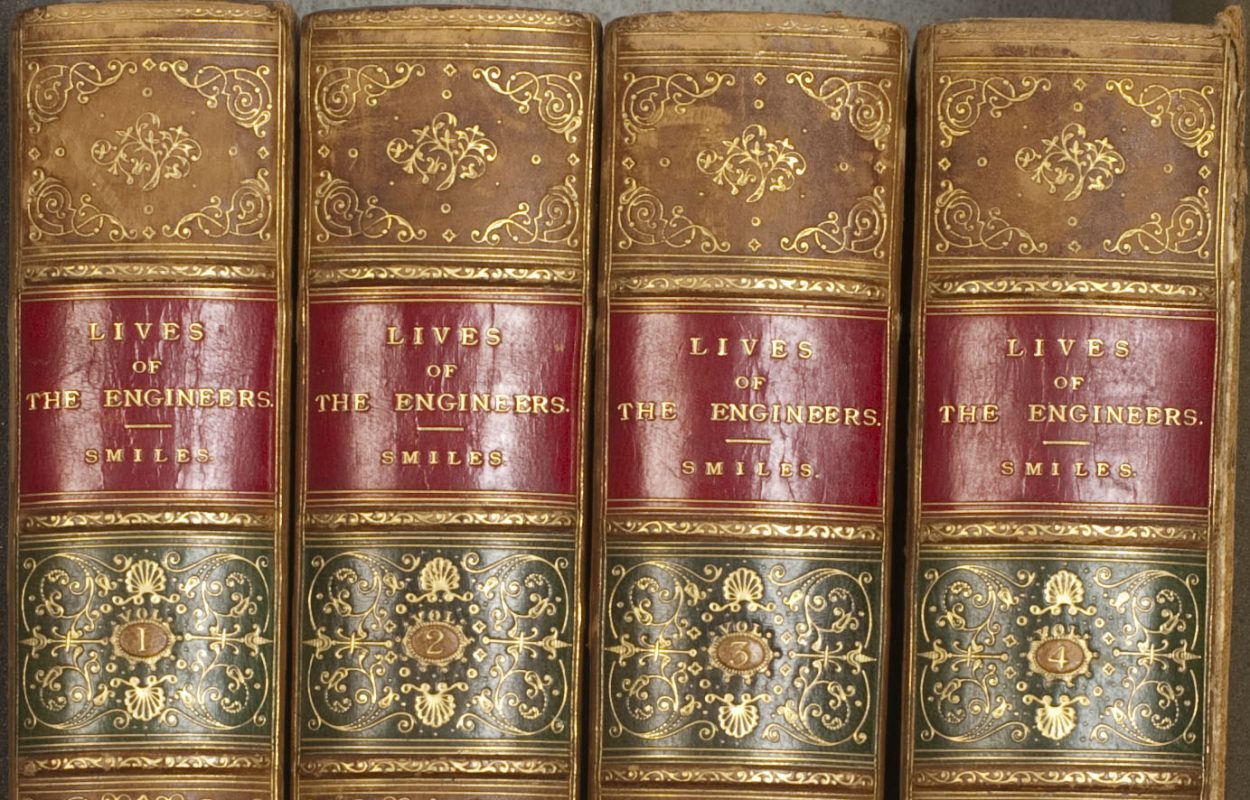Year 104 – 1964: Il “Sidereus Nuncius” di Galileo Galilei
Published: Pisa, 1964 MIT’s rare book collections contain many treasures. One of our prized possessions is the 1638 Discorsi e Dimostrazioni Matematiche, Intorno à Due Nuove Scienze, or Discourses on the Two New Sciences. This is the last book published by Galileo during his lifetime, and a landmark of scientific literature. Another of Galileo’s groundbreaking works is his Sidereus Nuncius, often referred to in English as The Starry Messenger. The Libraries’ copy of this title isn’t a genuine first edition of Galileo’s 1610 publication; rather, it’s a beautifully produced, numbered, limited-edition facsimile, printed in Pisa in 1964. In the Sidereus […]
